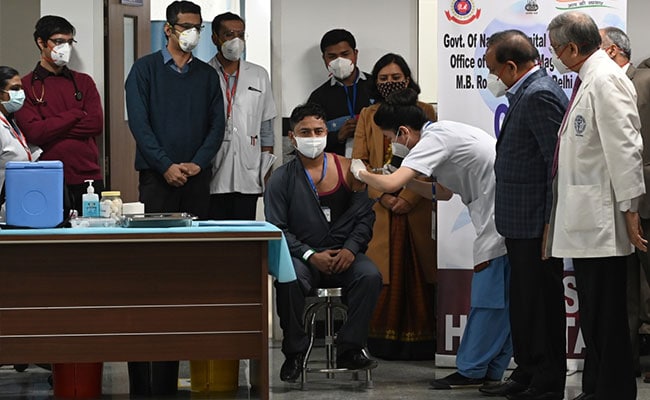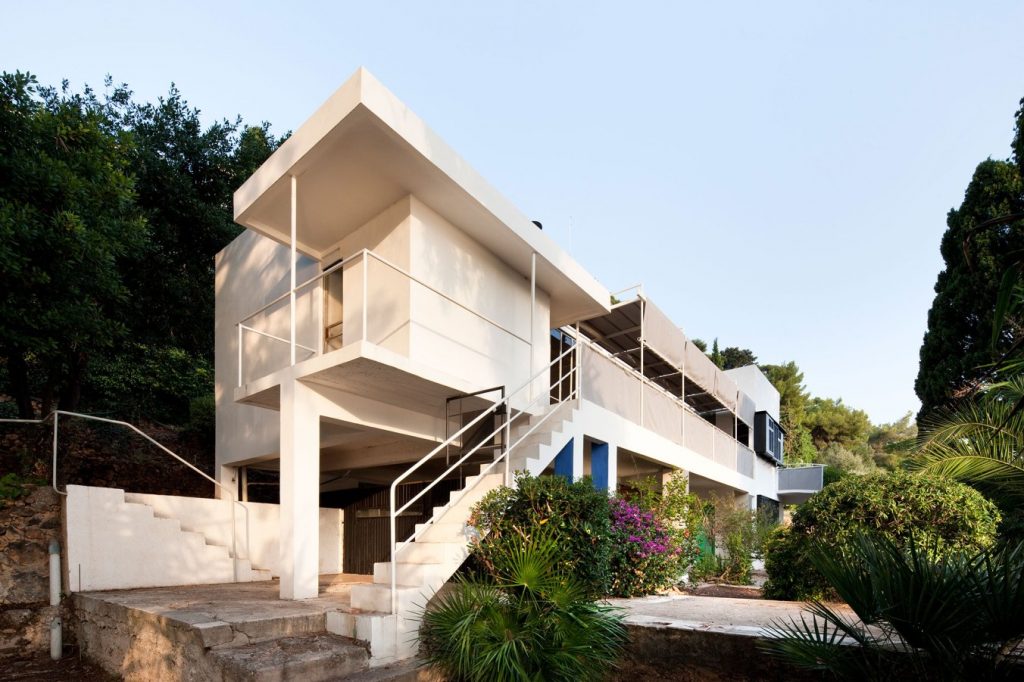Spaceflight, launched on April 11, 1970, that suffered an oxygen tank explosion en route to the Moon, threatening the lives of three astronauts—commander Jim Lovell, lunar module pilot Fred Haise, and command module pilot Jack Swigert—who ultimately saved themselves.
- Apoel 1920 Kitsempty Spaces The Blog -
- Apoel 1920 Kitsempty Spaces The Blog 2017
- Apoel 1920 Kitsempty Spaces The Blog Archive
- Apoel 1920 Kitsempty Spaces The Blog Free
Flight Crew
Michael Collins Command Module Pilot
- No, the space on the forehead is not for rent. Ray Bradbury was born born August 22, 1920 in Waukegan Illinois and is one of the most famous and pioneering fiction writers in the US. Being the son of a Swedish immigrants. His writing genes derive from his grandparents who published newspapers.
- John Lewis (GBR) refereed two Olympic Games finals (1908 and 1920), while Benito Archundia (2005 and 2009) and Ravshan Irmatov (2008 and 2011) refereed two FIFA Club World Cup finals. On the women’s side, Carol Anne Chenard (CAN) is the only referee appointed for two FIFA U-20 Women’s World Cup finals, with exactly the same teams (Germany.
- 266 hours in space
- 2 missions
- 38 age at launch
A USAF fighter pilot and later test pilot who trained at Edwards with other Apollo astronauts Frank Borman and Jim Irwin, Michael Collins was selected as a NASA astronaut in 1963, and first flew as pilot of Gemini 10, with multiple rendezvouz and EVAs. He went on to write one of the best-regarded accounts of what it's like to be an astronaut, his autobiography Carrying the Fire: An Astronaut's Journey.
Michael Collins (CMP) in words
Houston. Apollo 11. The earthshine coming through the window is so bright you can read a book by it.
See this quote by Michael Collins (CMP) in the transcriptEdwin E. Aldrin, Jr. Lunar Module Pilot

- 290 hours in space
- 2 missions
- 39 age at launch
A USAF fighter pilot who had served in Korea, Buzz Aldrin completed a ScD on astronautics at MIT, with his thesis concentrating on aspects of crewed orbital rendezvouz. Selected as a NASA astronaut in 1963, he was pilot of the last Gemini mission, setting a record for extra-vehicular activity. Since retiring from NASA, he has continued to promote space travel, and is a strong proponent of crewed missions to Mars.
Buzz Aldrin (LMP) in words
Okay. This one sixth g is just like the airplane.
See this quote by Buzz Aldrin (LMP) in the transcriptNeil A. Armstrong Commander
- 206 hours in space
- 2 missions
- 38 age at launch
A test pilot for NACA with experience on the X-1B and X-15 before moving to NASA's astronaut program in 1962, Neil Armstrong had been Command Pilot of Gemini 8, and was backup command for Apollo 8, the first crewed flight to the moon, being selected as commander of Apollo 11 while Apollo 8 was still in lunar orbit. Following Apollo 11 he taught at the University of Cincinnati and subsequently served as spokesman or board director of a number of companies.
Neil Armstrong (CDR) in words
Houston, Tranquility Base here.
See this quote by Neil Armstrong (CDR) in the transcriptMission Control
Capsule Communicator
Throughout the Apollo Space Program, the CAPCOM was another astronaut who was the main person to communicate with the crew, as it was considered that someone who had that training would be best able to clearly pass information back and forth. On Apollo 11, there were four CAPCOMs operating in shifts.
Flight Director
The flight director had overall operational responsibility for missions, leading their flight control team. On Apollo 11, there were three FLIGHT teams operating in shifts, Green, White, and Black. Shift changes are occasionally noted in the transcript.
Flight Crew
Michael Collins Command Module Pilot
- 266 hours in space
- 2 missions
- 38 age at launch
A USAF fighter pilot and later test pilot who trained at Edwards with other Apollo astronauts Frank Borman and Jim Irwin, Michael Collins was selected as a NASA astronaut in 1963, and first flew as pilot of Gemini 10, with multiple rendezvouz and EVAs. He went on to write one of the best-regarded accounts of what it's like to be an astronaut, his autobiography Carrying the Fire: An Astronaut's Journey.
Michael Collins (CMP) in words
Houston. Apollo 11. The earthshine coming through the window is so bright you can read a book by it.
Apoel 1920 Kitsempty Spaces The Blog -
Edwin E. Aldrin, Jr. Lunar Module Pilot
- 290 hours in space
- 2 missions
- 39 age at launch
A USAF fighter pilot who had served in Korea, Buzz Aldrin completed a ScD on astronautics at MIT, with his thesis concentrating on aspects of crewed orbital rendezvouz. Selected as a NASA astronaut in 1963, he was pilot of the last Gemini mission, setting a record for extra-vehicular activity. Since retiring from NASA, he has continued to promote space travel, and is a strong proponent of crewed missions to Mars.

Apoel 1920 Kitsempty Spaces The Blog 2017

Buzz Aldrin (LMP) in words
Apoel 1920 Kitsempty Spaces The Blog Archive
Okay. This one sixth g is just like the airplane.
See this quote by Buzz Aldrin (LMP) in the transcriptNeil A. Armstrong Commander
Apoel 1920 Kitsempty Spaces The Blog Free
- 206 hours in space
- 2 missions
- 38 age at launch
A test pilot for NACA with experience on the X-1B and X-15 before moving to NASA's astronaut program in 1962, Neil Armstrong had been Command Pilot of Gemini 8, and was backup command for Apollo 8, the first crewed flight to the moon, being selected as commander of Apollo 11 while Apollo 8 was still in lunar orbit. Following Apollo 11 he taught at the University of Cincinnati and subsequently served as spokesman or board director of a number of companies.
Neil Armstrong (CDR) in words
Houston, Tranquility Base here.
See this quote by Neil Armstrong (CDR) in the transcriptMission Control
Capsule Communicator
Throughout the Apollo Space Program, the CAPCOM was another astronaut who was the main person to communicate with the crew, as it was considered that someone who had that training would be best able to clearly pass information back and forth. On Apollo 11, there were four CAPCOMs operating in shifts.
Flight Director
The flight director had overall operational responsibility for missions, leading their flight control team. On Apollo 11, there were three FLIGHT teams operating in shifts, Green, White, and Black. Shift changes are occasionally noted in the transcript.
